The Impact of Dual Credit as a School District Policy on Secondary and Postsecondary Student Outcomes
Author: Michael Uriel Villarreal, PhD
Date: April 2018
Publication Type: Report, 44pp.
Abstract: This study estimates the effects of dual credit on outcomes that trace a student’s journey from high school to undergraduate and graduate degree completion. Dual credit is a model program that allows high school students to enroll in college-level courses and simultaneously earn high school and college credit. This study investigates the potential for improving the design of dual-credit programs by exploring heterogeneous effects by program attributes. The study investigates if dual credit effects vary across course subjects. For a limited set of outcomes, the study investigates heterogeneous effects by the instructor’s highest degree earned, instruction mode, and location of instruction. Using panel data with school district fixed effects, this study finds that increases in the share of students earning dual credit are associated with increases in high school graduation; increases in university application, admission, and enrollment; shortened time to degree completion; and increases in degree completion. Districts that increase their average dual credit earned improve outcomes with each increase. Furthermore, dual credit courses produce larger increases in bachelor’s degree completion rates as compared to AP. Finally, evidence suggests that schools can most greatly amplify dual credit effects by prioritizing certain subjects.


Leave a Reply